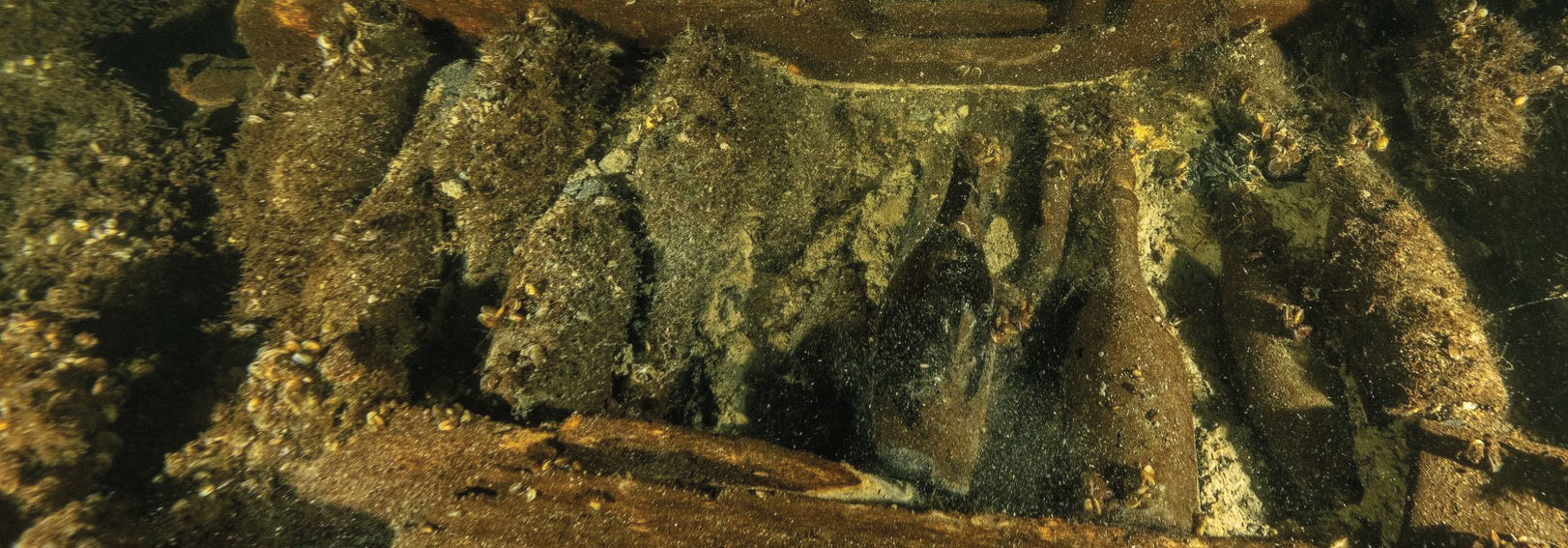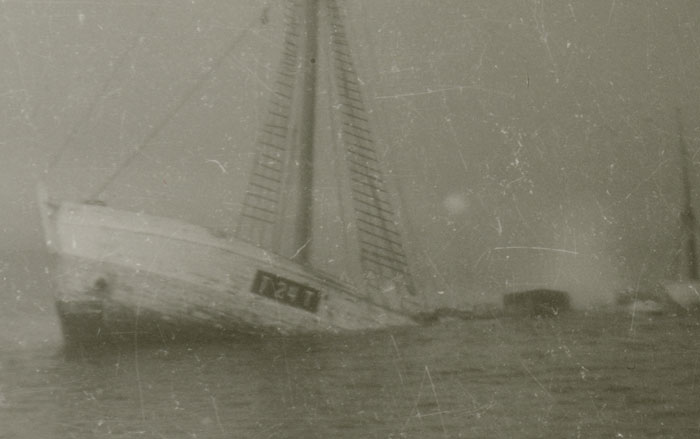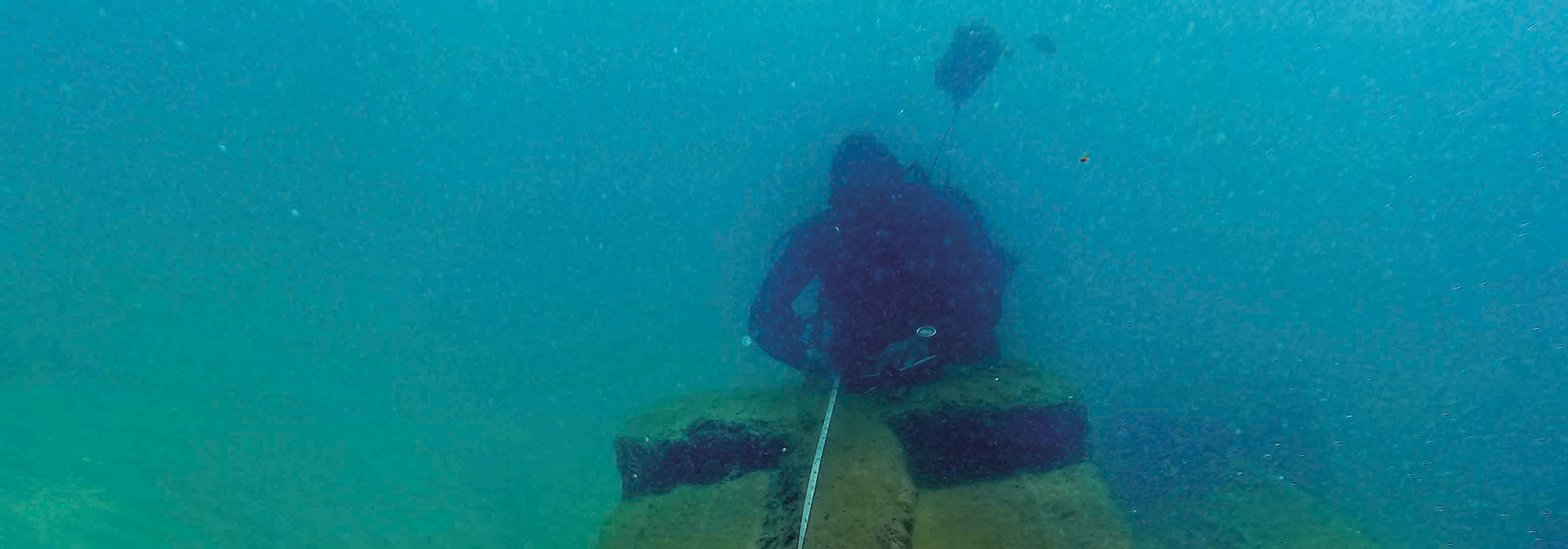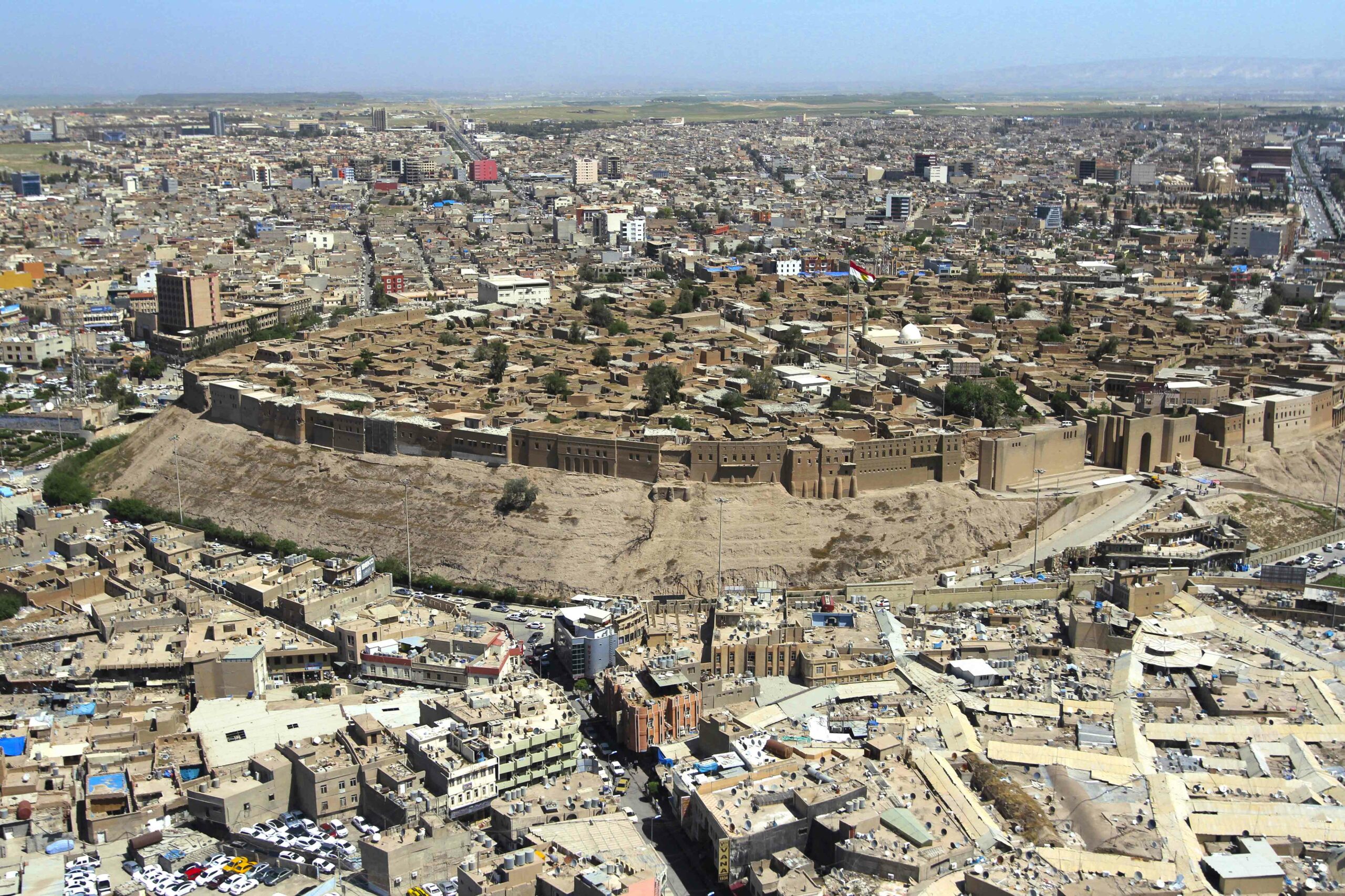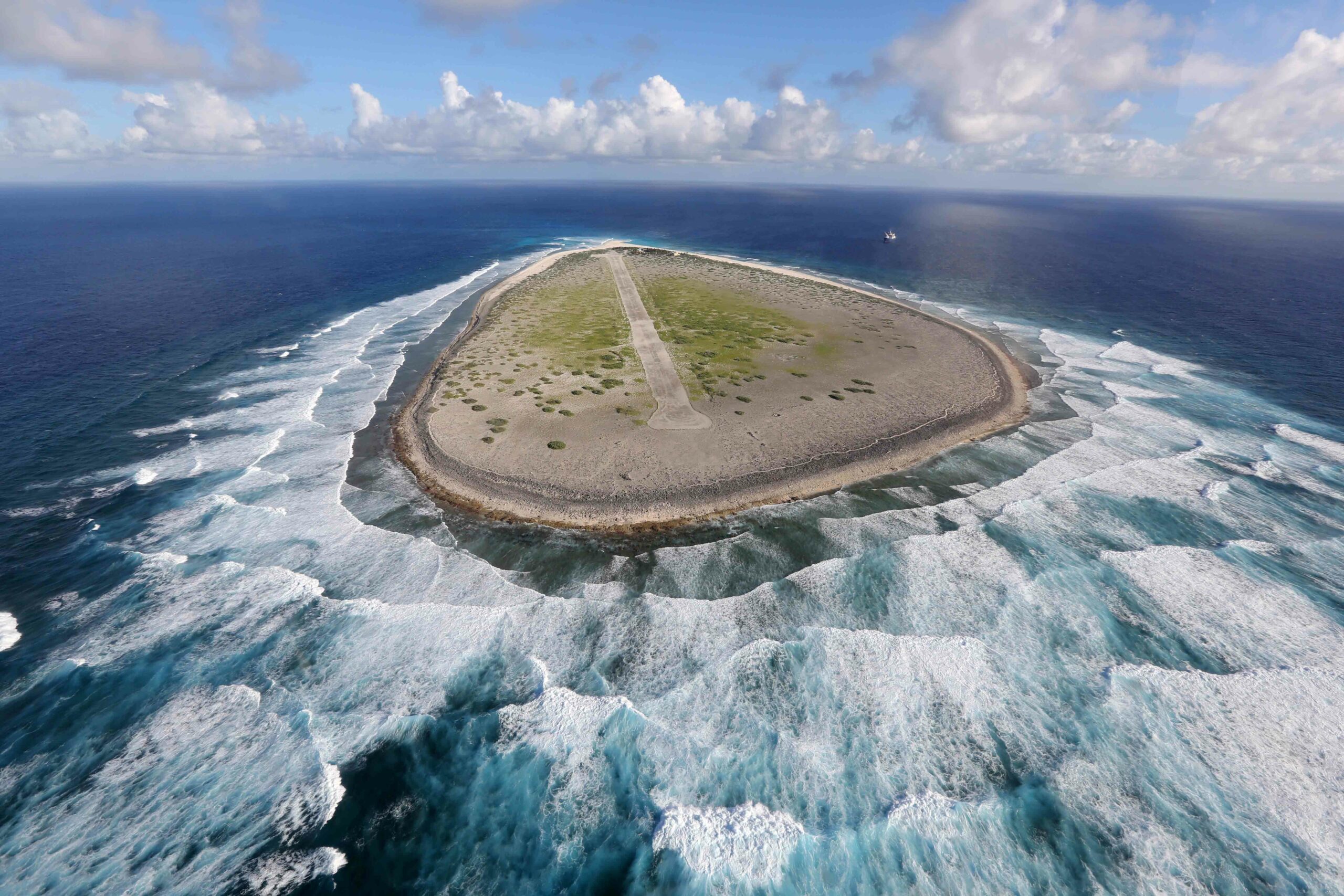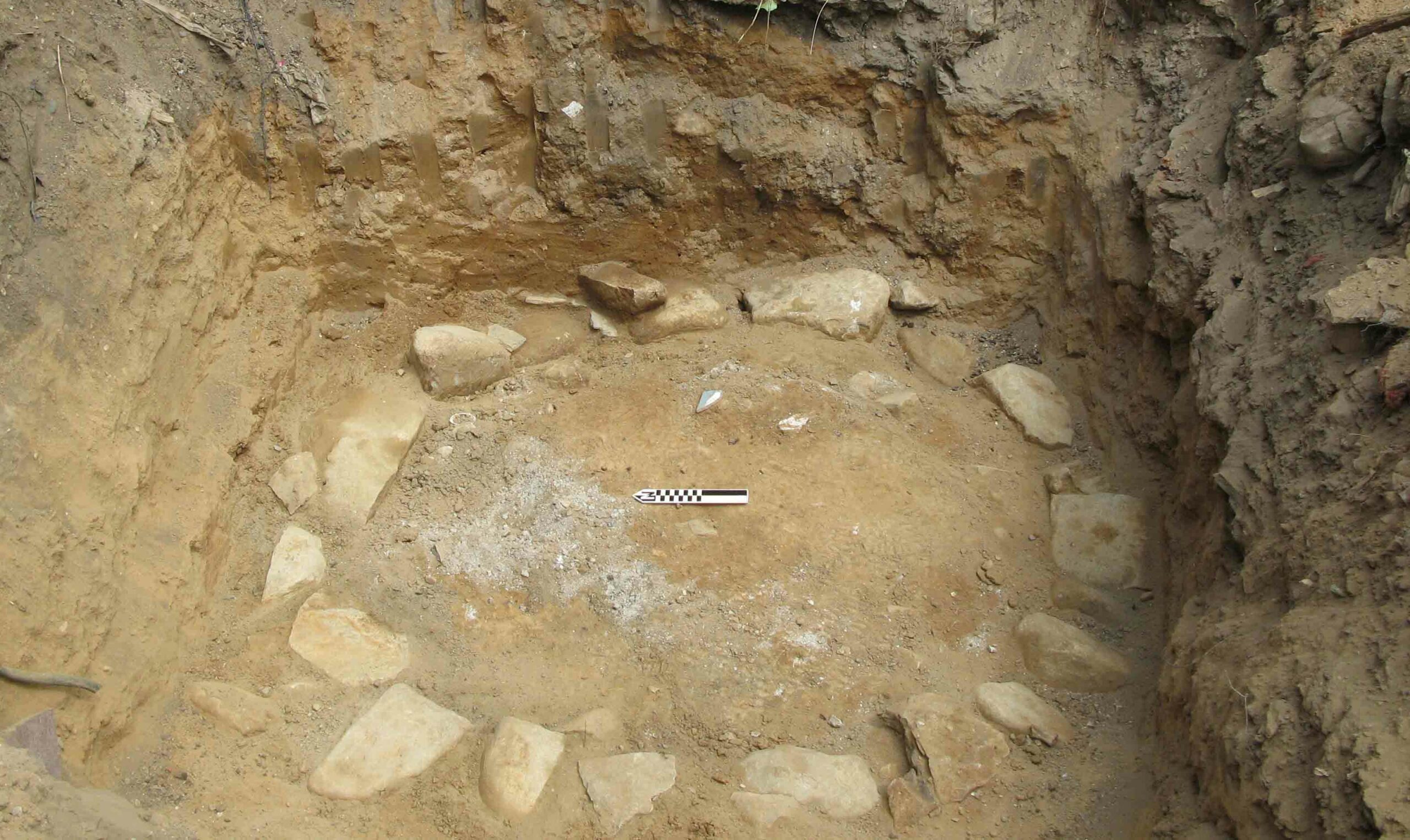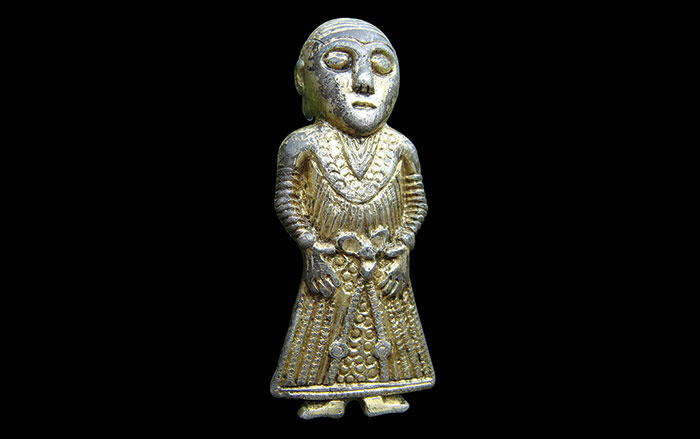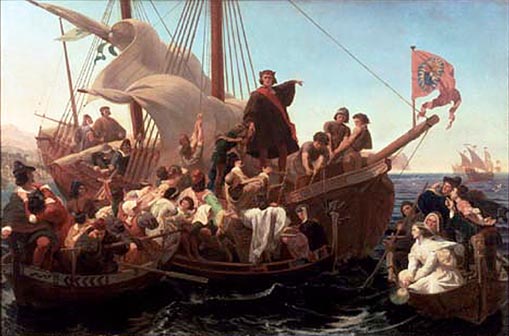
CAP-HAITIEN, HAITI—According to a report from the Associated Press, experts from UNESCO are expected to announce that a shipwreck off the northern coast of Haiti is not the lost flagship of Christopher Columbus, the Santa María, as had been claimed earlier this year by an American explorer. Columbus abandoned his flagship and some two dozen crew members Christmas Day, 1492, after the vessel struck a reef. The men built a fort, named “Navidad,” but they had disappeared and the fort had been burned to the ground when Columbus returned to the site a year later. The Santa María would have had parts made from iron and wood, not copper, as was found at the shipwreck site. “We are still awaiting the final report, but so far what we have seen … tends to lead us to think it is a later ship,” said Haiti’s Culture Minister Monique Rocourt. The wreckage may date to the seventeenth or eighteenth centuries. To read more about maritime discoveries, see ARCHAEOLOGY's "History's 10 Greatest Wrecks."


